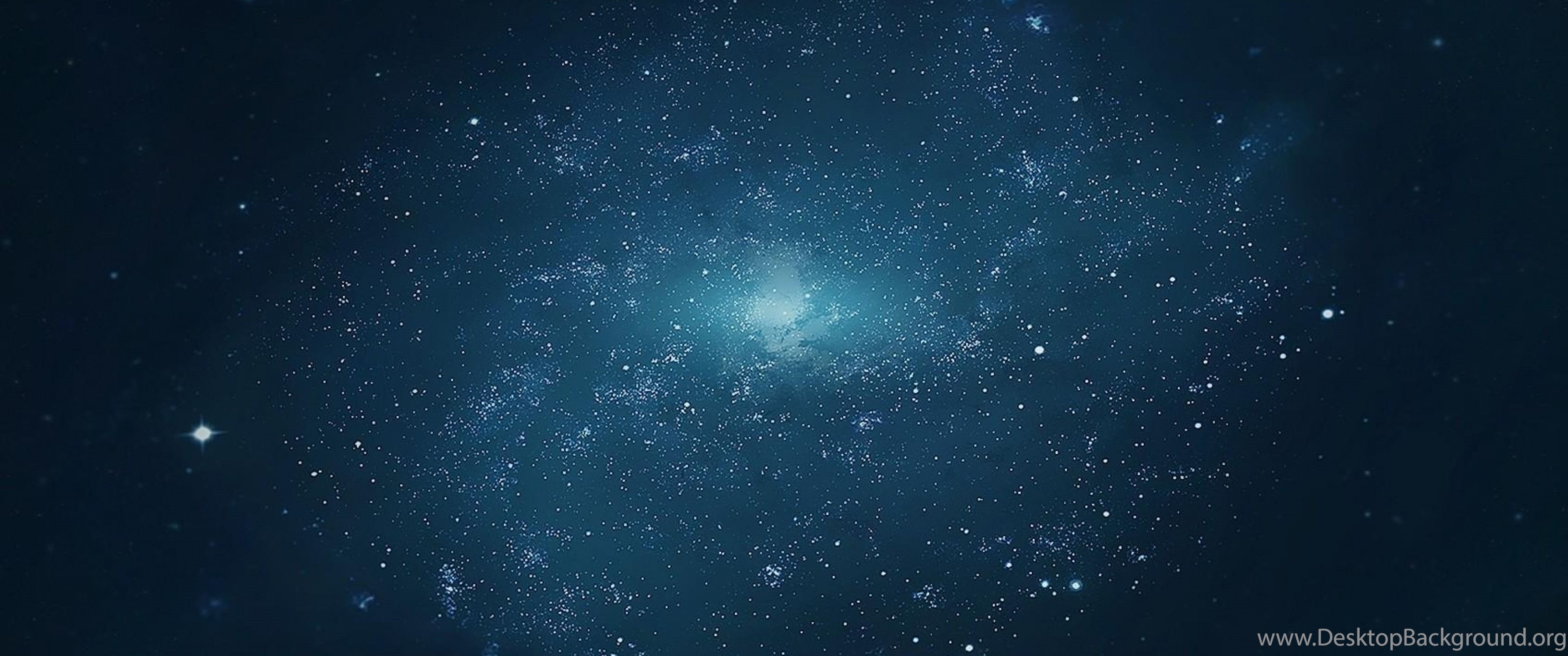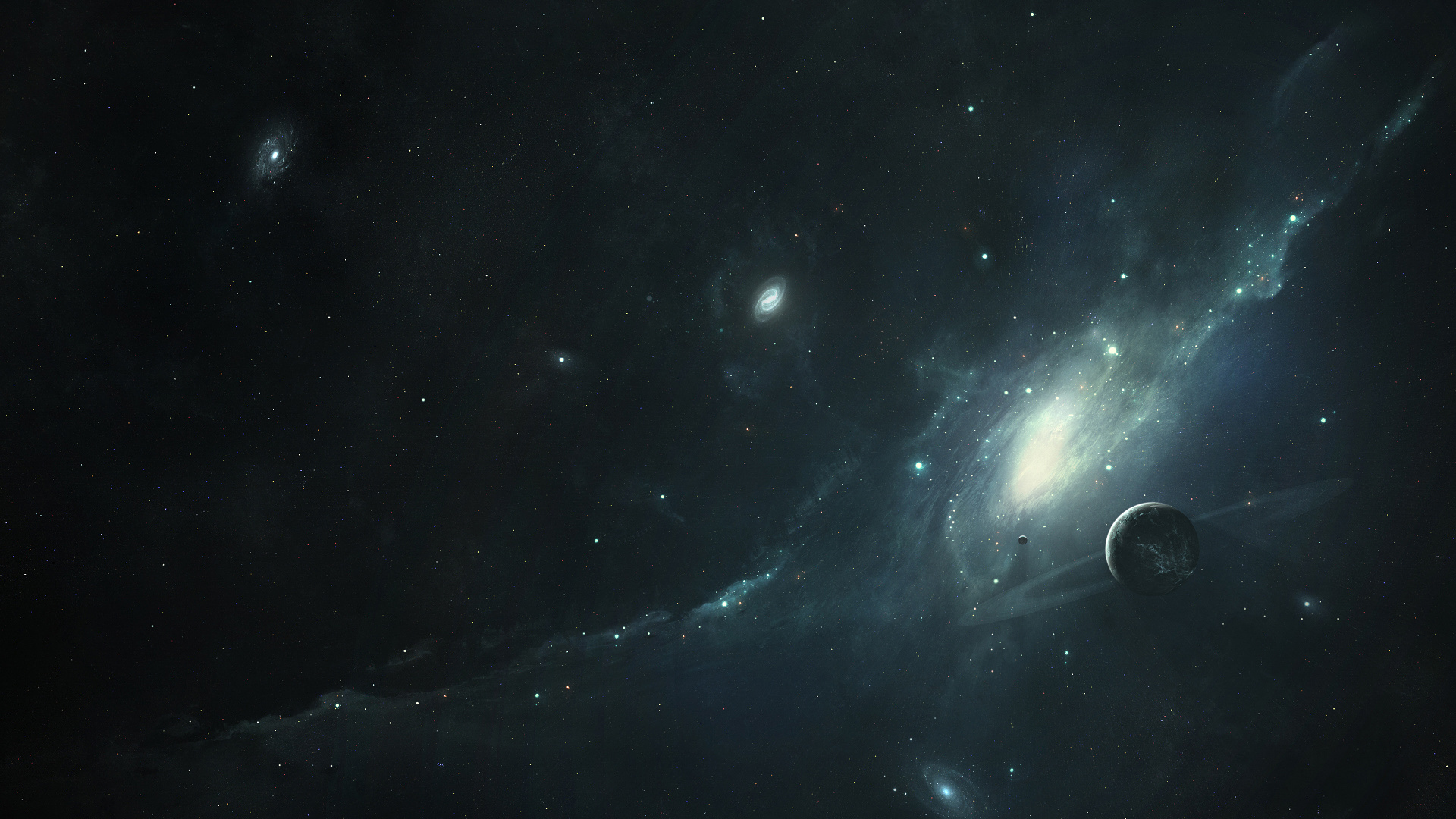
Each year, Hubble’s education programs reach over 500,000 pre-service and in-service teachers in the U.S., and over six million school children use Hubble material in their curricula. As the New York Times wrote in 2002, ‘The Hubble Space Telescope… has taught us to see properties of a universe humans have been able, for most of their history, to probe only with their thoughts.’ Hubble has been a source of awe-inspiring images for a quarter of a century. “A study by the University of Michigan found that a significant proportion of people shown a picture of a galaxy, taken with the Hubble Space Telescope, reported, ‘images like this show how small and fragile planet Earth is in the context of the Universe.’ People respond to Hubble’s remarkable astronomical images: Hubble images trigger their intrinsic sense of wonder and satisfy their innate curiosity. It is thought that the smaller galaxy has actually passed through the larger one The distorted shape of the larger of the two galaxies shows signs of tidal interactions with the smaller of the two. This image of a pair of interacting galaxies called Arp 273 was released to celebrate the 21st anniversary of the launch of the Hubble Space Telescope. Credit: NASA, ESA and the Hubble Heritage Team (STScI/AURA) 2. A rose made of galaxies.I want it to make one final look at the Pillars of Creation before it drifts away.” “It will be a very sad day when Hubble goes. We are witnessing the birth of stars and galaxies like ours, to observations of dark matter and even dark energy. Hubble offers far sharper and deepest views of our Universe. “A lot of iconic Hubble images have shaped my career, from the Pillars of Creation to the Hubble Ultra Deep field. With these new images comes better contrast and a clearer view for astronomers to study how the structure of the pillars is changing over time. The dust and gas in the pillars is seared by the intense radiation from young stars and eroded by strong winds from massive nearby stars. This image shows the pillars as seen in visible light, capturing the multi-coloured glow of gas clouds, wispy tendrils of dark cosmic dust, and the rust-coloured elephants’ trunks of the nebula’s famous pillars. The NASA/ESA Hubble Space Telescope has revisited one of its most iconic and popular images: the Eagle Nebula’s Pillars of Creation.


Credit: NASA, ESA/Hubble and the Hubble Heritage Team 1. Pillars of Creation (new view).“No matter what Hubble reveals - planets, dense star fields, colorful interstellar nebulae, deadly black holes, graceful colliding galaxies, the large-scale structure of the Universe - each image establishes your own private vista on the cosmos.”


 0 kommentar(er)
0 kommentar(er)
